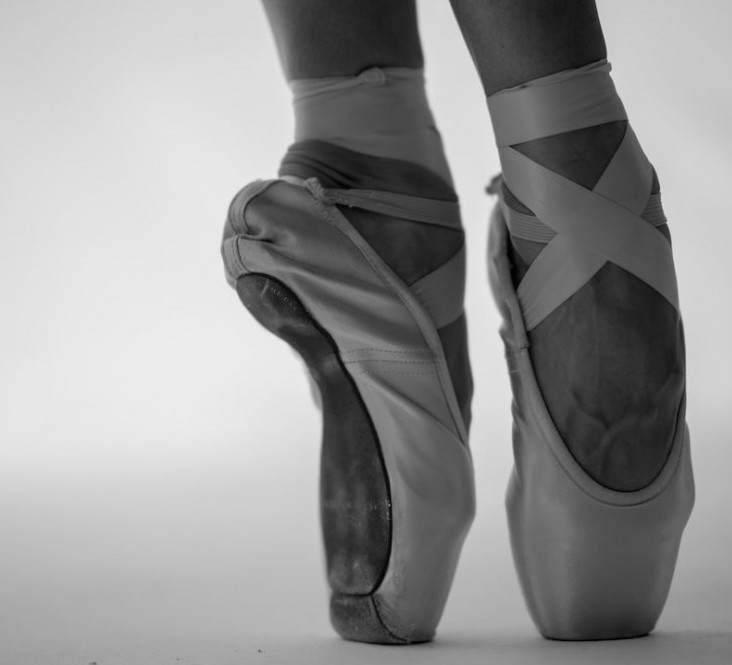I thought I just had to share this documentary called Ballets Secret Code with you all, as ballet is becoming more and more competitive each year with dancers working their bodies to do the impossible. Sometimes it is good to remember that solid technique is always the best so that you don’t injure yourself trying things that your body is not ready for.
It ‘s time to pause and take a look at the potential damage that you could be doing……..
Let’s take a look at Ballets Secret Code. This is based on Cechetti’s six principles of classical ballet.
The Six Principles Of Classical Ballet
Cechetti designed a syllabus back in the early twentieth century that dancers all over the world are still learning today.
A lot of his original steps are no longer done, as they are considered too difficult, but how is this possible, because dancers nowadays are supposed to be stronger and more athletic than every before. It may be due to the fact that there are gaps in their training, because some of the older principles of technique are not being taught in class anymore, and maybe it is time that dancers go back to the basics and work to get that truly beautiful technique back along with a stronger body that is more resistant to injuries.
Fashions in choreography come and go, but the principles of classical ballet technique stay the same.
Here are Cechetti’s principles in a nutshell:
He divided his classes up into the six days of the week and focuses on a different element each day, returning to the original elements again the following week with different exercises to back them up.
Monday:
Monday is Aplomb day. This is working on the dancers plumb line which is establishing a vertical line in the center of the body. The Assemble is the focus step for the day and the body must always lead with the feet following on.
Tuesday:
Tuesday is Epaulment day, and to work this element, a lot of petit battement is done with the focus on opposition in the body. Man is actually designed to move in opposition and using this element in dancing you can use the least amount of energy to create the greatest changes.
Wednesday:
Wednesday is Turnout day with the focus on Rond de Jambe.
Thursday, Friday and Saturday are spent working on exercises that moving through space like grand jete – drawing arcs in the air. Saturdays especially are for unleashing all the principles using exercises that work within and not beyond the dancers physical limits.
Please feel free to comment below on your feelings about Cechetti and his famous methods in which he trained his classical dancers. I hope you enjoyed Ballets Secret Code.


I tried ballet several years ago and got injured! My granddaughter wants to do ballet, and I think your article about Ballets Secret Code will be of great use to my daughter in guiding her daughter to be successful and avoid injuries. I will be sharing your information with other dancers on social media that follow me.
Thanks for your comment Jeanette and sorry to hear you got injured at ballet.
I used to take ballet lessons as a child and I absolutely loved it. I think dancers can be so graceful and captivating. I enjoyed reading about the Ballet´s Secret Code and the 6 principles of Classical Ballet to prevent injury.
I find establishing vertical lines, developing opposition in the body, and turn out day-Rond de Jambe exercises to be the most exciting.
I enjoyed the Rond de Jambe video. It catered to what I love most about ballet, soft, gentle, and elegant movements.
Thanks for the comment Dana, and yes I agree that turnout day must be one of the most important, as ballet looks terrible without the use of turnout.
Interesting to see on which days which kind of exercise is trained in ballet, I didn’t know that these dancers had such a strict code and trained every day. I thought that they would at least have one resting day, but I think that when you need to make it professionaly,then this is what a week looks like for sure. I have enjoyed Ballets Secret code. Thank you for the insights.
Thanks for stopping by to comment Lizzy and yes at professional levels you need to give it your all if you want to make it to the top.
My niece was taking dance classes for years, but I never realized how similar it is to martial arts as far as training and strength. It makes sense to me what you are saying here, as many styles of martial arts spend a lot of time focusing on basics that seem to have little to do with fighting. I remember in Wing Chun you spend a good six months learning to stand and walk/move. When I was younger I thought that was ridiculous, and only all of these years later does it make sense to me.
I think for any parent (or anyone considering this really) considering placing their child in dancing, this could be a must read article to give them an edge as they move forward in their training regimen.
I was compelled to read this as I used to think it a waste of time for children so young to be taking such classes. Your article dispelled this foolish notion I held. I appreciate your insights as it gave me a context I could understand.
Thanks for stopping by Jason. The reason we start so young with these types of disciplines is that the bodies are more pliable, and easier to train than the older body, even though some of the things may seem foolish to do to children that age. But they definitely have the edge when they start young.